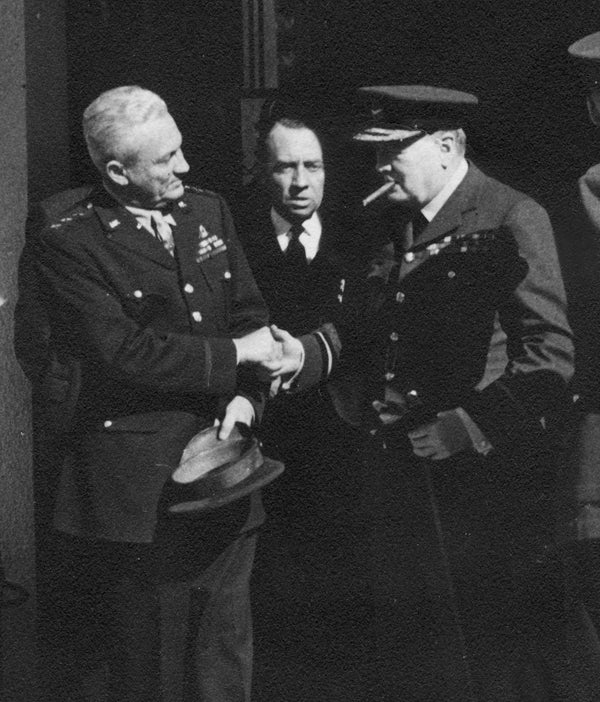General Andrews is Tennessee’s most overlooked military hero
Published 11:20 am Wednesday, November 3, 2021
|
Getting your Trinity Audio player ready...
|
Here is a fact that not enough Tennesseans know: Joint Base Andrews (formerly known as Andrews Air Force Base) is named for a man from Nashville.
Frank Maxwell Andrews is considered one of the founders of the U.S. Air Force. For a time, he was commander of all U.S. troops in the European Theater of Operations during World War II. Had he not been killed, he might have been head of the Normandy Invasion, instead of Dwight Eisenhower.
Andrews was distantly related to two Tennessee governors (John C. Brown and Neill S. Brown). Born in Nashville in 1884, he grew up in the South Nashville neighborhood known as Waverly Place. When he graduated from Montgomery Bell Academy, Andrews applied to go to the U.S. Military Academy at West Point and made the waiting list.
Many years later, his sister remembered great excitement in the household when they received a phone call saying that her brother’s spot at West Point was secured. “Daddy was very happy and pleased,” she wrote. “Mother was in tears. She knew what it would mean — being away from home.”
Andrews graduated 42nd in his class and became a junior officer in 1906. For the first several years of his career, he was in the cavalry. In 1917 he was transferred to the U.S. Army’s new aviation section and became a flyer. Andrews stayed in the aviation side for the rest of his career, working his way through the ranks with assignments such as chief of the Army Air Corps’ Training and Operations division.
Regardless of his rank, Andrews never strayed far from the cockpit, and in August 1935 he broke three speed records that had formerly been held by Charles Lindbergh.
In 1935 the U.S. Army consolidated its air corps tactical units into a single command. General Douglas MacArthur promoted Andrews to the rank of brigadier general and made him commander of this new unit. “A one-time cavalryman, Col. Andrews is tough, fiftyish, handsome,” reported Time magazine.
As an important leader within army policy circles, Andrews advocated the army’s purchase of heavy, four-engine B-17 bombers instead of smaller and cheaper bombers such as the B-18. When, at first, the U.S. Army leaned toward the B-18, it appeared to end his career. “To many, it appeared that the Army was punishing Andrews for advocating the B-17 so forcefully,” the National Museum of the U.S. Air Force says in an online biography of him.
However, General George Marshall believed in Andrews and named him one of his senior staff members in 1940.
At different times during the war, General Andrews was commander of the Caribbean Defense Command and commander of U.S. forces in the Middle East. In January 1943, Lieutenant General Andrews was named commander of all U.S. forces in Europe, replacing Dwight Eisenhower. At this time, the American effort in Europe was focused on long-range bombing and on plans for a mainland invasion.
Unfortunately, Andrews’ tenure as commander of all U.S. forces in Europe was not a long one. On May 3, 1943, Andrews was killed when his B-24 crashed while trying to land in Iceland. On hearing the news, some of his friends recalled something he once said when he was asked about the amount of time he spent flying. “I don’t want to be one of those generals who die in bed,” he said.
For several decades, Andrews Air Force Base (now renamed Joint Base Andrews) has been well-known as the base from which the President of the United States flies. However, to the best of my knowledge, there are no places named for Frank Andrews in his native state of Tennessee other than a sports field at Montgomery Bell Academy.
As a former military flight officer, I find this state of affairs a disservice to Tennessee’s World War II legacy.





